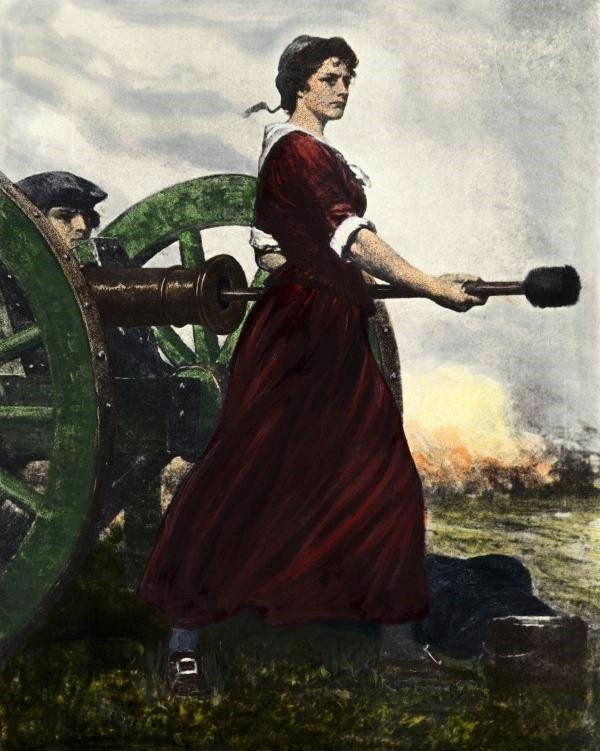Women and a New World
Focus: History, Politics, Art
How far and how permanently did revolutionary ideas spread to how people viewed women?
As we have detailed elsewhere on the site, women actively participated in the War for Independence. They took on many duties that the men who fought had held.
How long, though, did the revolutionary ideas that powered the war last for women? Those revolutionary ideas included a set of rights, a belief in progress and improvement, a belief in the capabilities of all people, and a universal belief in shared human capabilities.
Such views would seem to lead to long-lasting change for women and other groups.
During the war, the necessity for women’s active participation encouraged new possibilities, but with the winning of the war, the revolutionary ideas receded, at least for women. Without having the vote and working within a hierarchical structure, the possibility of women enacting those revolutionary ideas was slim.
Post-Revolutionary War
Instead of the full promise of revolutionary change for which patriot women fought, Wendy Martin outlines the dimmer actualties of life for post-revolution women.
Their goal would be to help men achieve their best potential, an idea linked to the belief that the revolution’s success would depend on the “virtue of the citizenry.” The role of women would be to help the citizenry—of which they were not a part as they could not vote—be the most virtuous.
It’s notable that this tactic was also used by Britain but in the 19th century when conservative women would argue against changing women’s roles, asserting instead the importance of women as moral leaders within the household.
In America, the emphasis on women’s virtue and on women helping men become virtuous narrowed women’s spheres of actions. Many lost their more public revolutionary jobs, becoming instead influential on a moral scale rather than a scale of action.
Consider the image, opposite, 1775, “Society of Patriotic Ladies.” How are the women portrayed? The print was published before the war, but what is the “business” of “patriotic ladies”? How should we read the child under the table being licked by the dog?
Different Spheres? Early 19th Century Women
As we saw above, women’s sphere was considered domestic, with women taking on the role of moral goad to produce virtuous citizens who would work towards a virtuous, successful republic.
Some recent scholarship suggests that in the early 19th century the language of rights bifurcates along gender lines. No longer is there the universal discourse of rights. Now, “men’s rights involved liberties that allowed choices” whereas “women’s rights consisted of benefits that imposed duties.” Nevertheless, this author maintains that women were subject to “rights language,” but that it came from an unusual source: women’s magazines and periodicals, and prescriptive literature, not traditionally political sources.
The consequences for the new country were great: “natural” rights were rejected for women, at the same time that Mary Wollstonecraft’s Vindication of the Rights of Women asserted those same rights. Zaggari contends that some men saw the bind they were in. “A commitment to rights was at odds with a commitment to gender hierarchy.”




